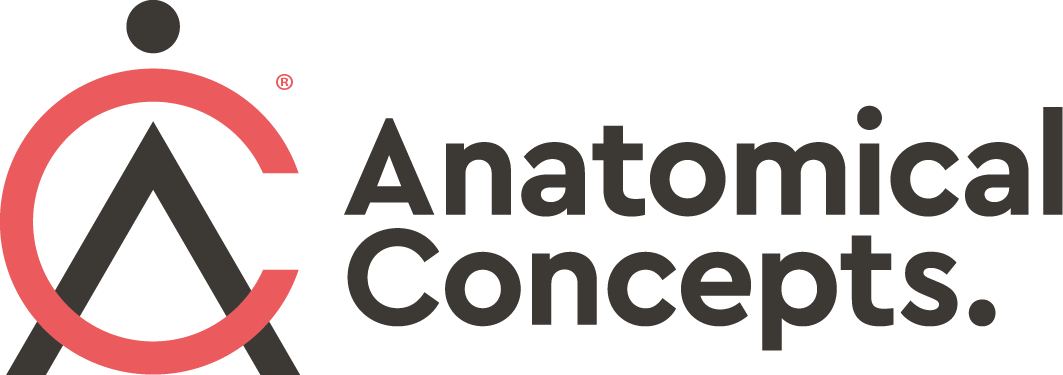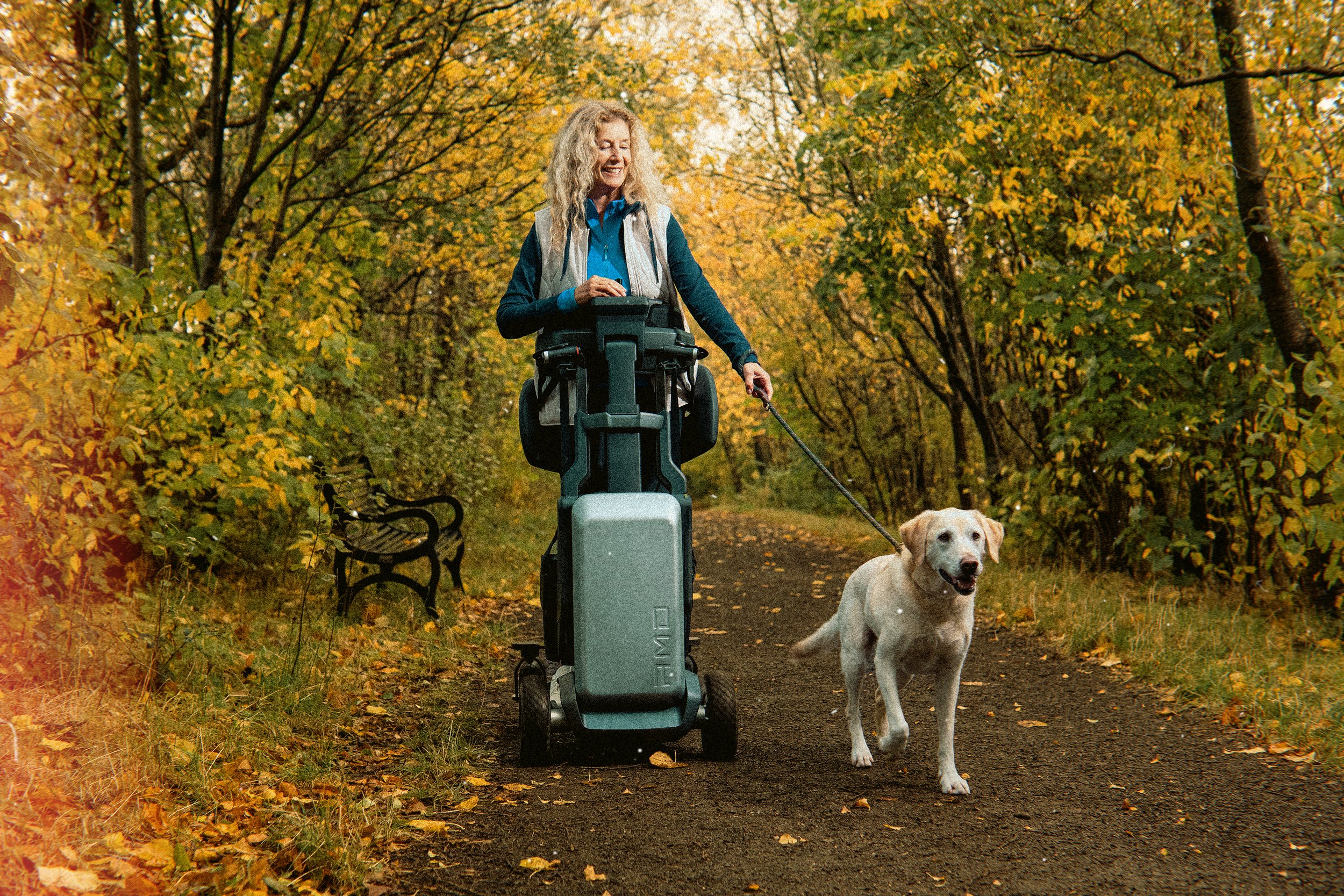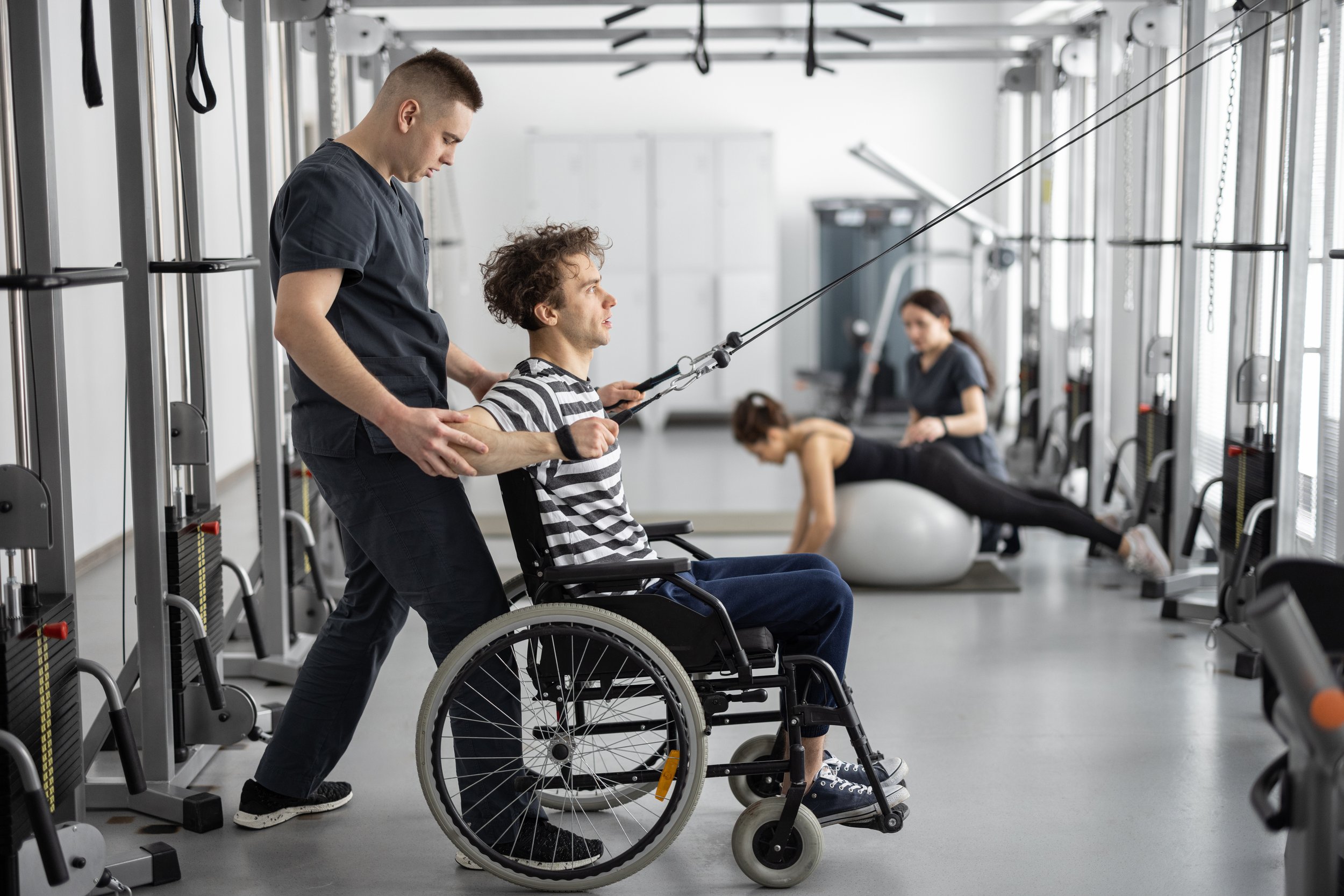Articles
Filter by Topic
- Adaptive Sport 1
- Artificial Intelligence 1
- Bike Labyrinth 3
- Bone density 1
- Brachial Plexus 1
- Bridging the Gap 1
- Bridging the Gap 1
- Carbonhand 4
- Cardiovascular 1
- Client Stories 4
- Cognition 1
- Company Updates 3
- Decision Making 1
- Dementia 1
- Denervation 22
- Diabetic Foot 12
- Efficiency 1
- Electrotherapy 28
- Exercise Benefits 28
- FES Cycling 13
- Fatigue 1
- Functional Electrical Stimulation (FES) 58
- Gait 2
- Goal Setting 5
- Grip 3
- Healthspan 2
- Indego 13
- Lifestyle 8
- Lower Motor Neuron 1
- Mobility 17
- Motivation 2
- NMES 2
- Nerve injury 1
- NexStride 1
- Occupational Therapy 1
- Orthotic 15
- PRAFO 22
- Pain 6
- Parkinsons 2
- Pressure Ulcers 10
- Product Updates 7
- RISE Stimulator 10
- Safety 2
- Sponsor 1
- Standing 4
- Stim2Go 4
- Stimulette den2x 5
- Support 1
- TENS 1
- Technology 17
Article Length
- 1 minute read 3
- 10 minute read 10
- 11 minute read 7
- 12 minute read 7
- 15 minute read 8
- 18 minute read 1
- 19 minute read 1
- 2 minute read 4
- 26 minute read 1
- 27 minute read 1
- 28 minute read 1
- 3 minutes read 9
- 4 minute read 34
- 5 Minute read 12
- 6 minute read 6
- 7 minute read 15
- 8 minute read 7
- 9 minute read 3
- FES 2
- FES Cycling 1
- FoG 1
- PRAFO 1
- Seven Minute Read 1
- Stim2Go 1
- awareness 1
- carbonhand 2
- cognitive 1
- cues 1
- freezing gait 1
- freezing of gait 1
- gait 1
- neurological 1
- neuroplasticity 1
- nexstride 2
- occupational therapy 1
- occupational therapy day 1
- orthopaedics 1
- orthotic 1
- parkinson's 1
- pressure 1
- pressure relief 1
- prevention 1
- rehabilitation 2
- stroke 1
- tSCS 1
- ulcers 1
- world stroke day 1
Stop Muscle Atrophy Before It Starts with Proactive FES
Muscle atrophy, the wasting away of muscle tissue, is a significant and often debilitating consequence of nerve damage or spinal cord injury. A proactive approach using forms of Functional Electrical Stimulation (FES) offers a powerful alternative: stopping muscle atrophy before it even begins and preserving tissue health for the long term.
When a spinal cord injury causes lower limb paralysis, for example, the leg muscles can no longer be exercised and strengthened through conventional methods, affecting muscle mass, circulation, and more. In many of these cases, approaches such as FES Cycling might help, and we'll mention this in more detail below.
If the injury affects the "lower motor neurons," this loss of muscle mass can be particularly profound. In this case the nature of the damage to the nervous system results in "denervation" which means that over time, muscle is gradually replaced by fibrous tissue, collagen, and fat. In these cases, a more specialised form of FES can be used to restore muscle bulk and tissue quality.
FES Cycling vs. Passive Movement Training: The Pros and Cons
In the world of neurorehabilitation, two approaches have emerged as prominent tools for helping patients regain mobility and function: Functional Electrical Stimulation (FES) Cycling and Passive Movement Training (PMT). While both have their place in rehabilitation settings, understanding their distinct benefits and limitations is crucial for healthcare professionals and patients alike. PMT, utilising motorized bikes like the Thera or MOTOmed, has long been a staple in hospitals and homes due to its ease of use and accessibility. However, the integration of electrical stimulation in FES Cycling has opened new doors in rehabilitation, particularly for those with spinal cord injuries, stroke, cerebral palsy, and multiple sclerosis. With over three decades of research backing its efficacy, FES Cycling represents a significant advancement in rehabilitation technology – but what makes it truly different from traditional PMT, and why should clinicians and patients take notice? Let's delve into the science behind these approaches and explore their comparative benefits for patient outcomes.
How does the Tek RMD compare to other mobility devices on the UK market?
The Tek RMD distinguishes itself from other mobility devices through its unique design philosophy, functionality, and target user needs. This doesn't mean that it is the perfect choice for everyone. Individuals with weak or paralysed limbs will ultimately have different physical abilities and functional goals. The Tek RMD allows individuals who are suitable to use it, to stand and move in their environment and to do this in a way that will enable them to do more than if they just were using a standing frame. They can stand for lengthy periods, interact at eye level with others and uniquely engage in their environment. We know that standing is good for health but most candidates for the Tek RMD or standing wheelchair want to do more.
Choosing the right product requires thoughtful consideration. It’s important to assess each option’s physical suitability while carefully evaluating its strengths and weaknesses in relation to the user’s functional goals.
Embracing AI: Discover the RISE Stimulator with Our Innovative Chatbot
Consider this scenario: You're curious about the RISE Stimulator because you've heard it's effective for treating denervated muscles and you want to learn more.
It's evening, our office is closed, and you don't feel like sifting through numerous web pages to find the information you need. Would you trust a chatbot to provide the answers you're looking for?
Try out our chat bot and let us know what you think
Measuring performance in spinal cord injury rehabilitation: New possibilities?
Many of us today walk around or exercise with products that sense many aspects of our daily activity. Smartphones and sensor developments mean that we can be more in tune with what is happening to our health and fitness. My Suunto watch monitors my heart rate and heart rate variability, blood oxygenation, skin temperature and activities in many ways. It can nudge me to exercise more, tell me how I recovered from exercise and alert me to how well or how badly I am sleeping.. I personally do like having these insights, but of course, some people will hate the idea of this.
The smartwatch and related sensor technologies have opened up some new possibilities. In this article, im going beyond the smartwatch of today and take a look at what additional sensor technologies might assist us with spinal cord injury rehabilitation in the near future. In particular, we take a look at two sensor areas that have grown in popularity with elite athletes - Muscle oxygen sensing and Lactate sensing. If you want to know why, then read on.
The challenge of equipment selection for disabled clients
This article offers a detailed guide to adaptive equipment procurement after a spinal cord injury or disability. It emphasises the significance of initial assessment, research, and involving healthcare professionals, family, and caregivers. It also covers vendor reliability, financial aspects, equipment trial, customisation, training, maintenance, reassessment, community support, and embracing new technologies. Overall, the holistic approach aims to ensure a positive outcome for individuals needing adaptive equipment.






